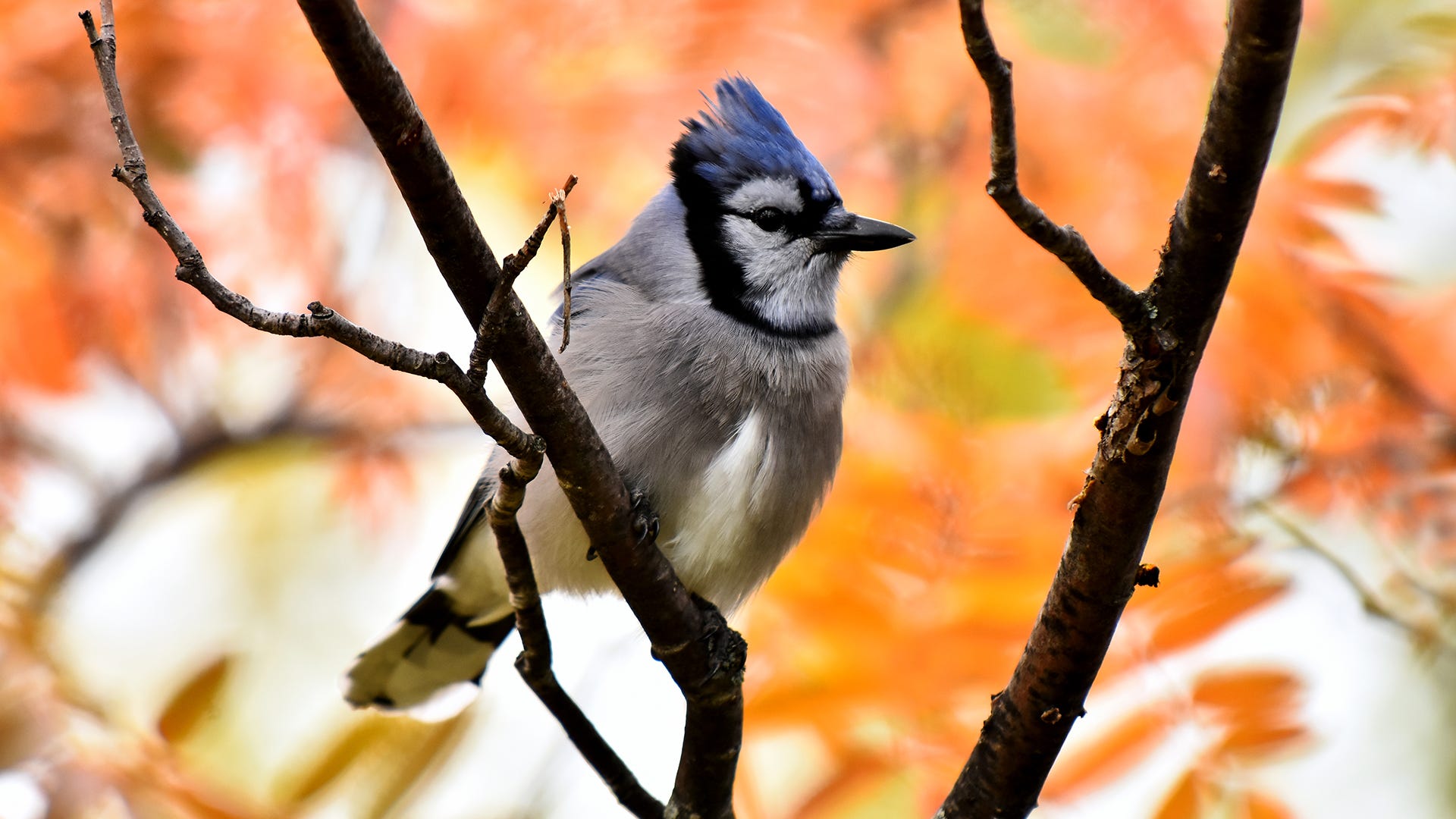
When you think about planting and landscaping, do you picture a spring or fall day? Even though a majority of planting activity occurs after the first frost of the spring, taking an interest in birdscaping your yard in the fall will please all of your feathered friends. The three essentials to transforming your yard into a wild bird habitat include: Food, Water, and Shelter.
Whether your wild bird feeders have been hanging all summer long, or they’ve been packed away since last winter, it’s time for a good old fashioned cleaning and refilling. Once you’re ready to re-hang your birdfeeder, we recommend placing it in a safe and logical space for optimal bird feeding. Your backyard buddies will never want to leave your birdscaped bird-haven if you place your feeder near a waterer or birdbath. Don’t forget, that as the weather cools, consider adding a heating feature to your bird baths as an added benefit to birdfeeding in the fall and winter.
Take advantage of the beautiful weather that accompanies the beginning of the fall season and start planting shrubs. Not only will you be able to provide a safe cover for your feathered friends, but you’ll also be giving the shrub’s roots a headstart on next year! While you’re at it, save the leaves, twigs, and branches that you may be collecting as you prepare your yard for the winter and create a brush pile. Brush piles create cover and shelter for wild birds. Not only will the protection from predatory animals be a plus, but brush piles collect insects that are a high source of protein in any bird’s diet.
Remember, squirrels, and other animals, will be trying to get the seed out of your feeders! Equip your feeders with baffles, place them on poles, or select a feeder with weight-activated technology to ensure that you are saving the seed for the birds.







